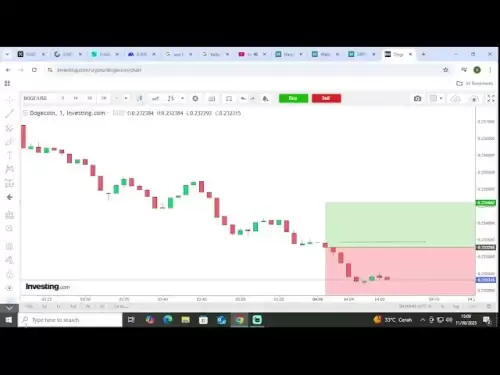-
 Bitcoin
Bitcoin $118700
0.18% -
 Ethereum
Ethereum $4207
-0.08% -
 XRP
XRP $3.137
-1.21% -
 Tether USDt
Tether USDt $0.0000
-0.01% -
 BNB
BNB $802.0
0.16% -
 Solana
Solana $174.9
-4.66% -
 USDC
USDC $0.0000
0.01% -
 Dogecoin
Dogecoin $0.2240
-3.41% -
 TRON
TRON $0.3443
1.62% -
 Cardano
Cardano $0.7730
-2.77% -
 Hyperliquid
Hyperliquid $43.29
-3.27% -
 Chainlink
Chainlink $21.13
-3.66% -
 Stellar
Stellar $0.4295
-2.58% -
 Sui
Sui $3.652
-4.60% -
 Bitcoin Cash
Bitcoin Cash $577.8
1.67% -
 Hedera
Hedera $0.2453
-4.42% -
 Ethena USDe
Ethena USDe $1.001
-0.01% -
 Avalanche
Avalanche $22.85
-3.28% -
 Litecoin
Litecoin $120.4
-2.94% -
 Toncoin
Toncoin $3.367
1.48% -
 UNUS SED LEO
UNUS SED LEO $8.979
-0.56% -
 Shiba Inu
Shiba Inu $0.00001294
-4.04% -
 Uniswap
Uniswap $11.03
1.68% -
 Polkadot
Polkadot $3.856
-4.18% -
 Dai
Dai $1.000
0.00% -
 Cronos
Cronos $0.1654
2.16% -
 Ethena
Ethena $0.7810
0.70% -
 Monero
Monero $272.9
2.11% -
 Bitget Token
Bitget Token $4.397
-0.88% -
 Pepe
Pepe $0.00001124
-5.87%
How to calculate the forced leveling price?
Understanding margin account maintenance requirements helps prevent the potential losses associated with forced liquidations in volatile markets, where positions below the specified threshold can result in automated sales of collateral.
Feb 19, 2025 at 11:25 pm
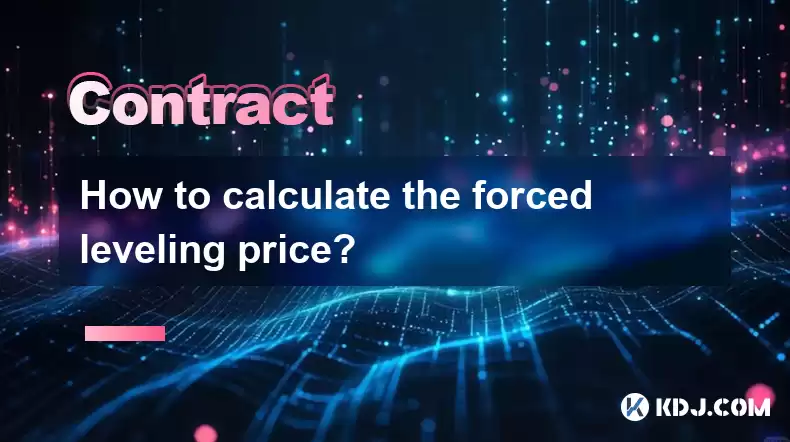
Key Points of the Article:
- Understanding Forced Liquidation
- Determining the Margin Call Price
- Calculating the Risk Level
- Two Methods for Leveling: Partial and Full
- Partial Liquidation: Calculating the Liquidated Collateral
- Full Liquidation: Determining the Amount to be Liquidated
- Displaying Real-Time Forced Leveling Calculations
How to Calculate the Forced Leveling Price
1. Understanding Forced Liquidation:
Forced liquidation is an automated process that occurs when a trader's margin account falls below the minimum maintenance margin. This happens when the market value of the trader's collateral falls relative to the margin loan, making the position risky.
2. Determining the Margin Call Price:
The margin call price is the threshold at which the margin account will be flagged as at risk. Typically, this is set at around 80% of the margin loan, varying across different exchanges and cryptocurrencies. Upon reaching this price level, the trader is given a margin call, requesting them to add additional collateral or reduce their position.
3. Calculating the Risk Level:
The risk level is a measure of the potential loss in case of a forced liquidation. It is calculated as a percentage of the margin loan, representing the portion of the loan that the trader could potentially lose if the position is liquidated.
4. Leveling: Partial vs. Full:
Leveling refers to the process of reducing the risk level or exiting the position altogether. This can be done either partially, by reducing the position size, or completely, by liquidating the entire position.
5. Partial Liquidation: Calculating the Liquidated Collateral:
Partial liquidation involves selling a portion of the collateral in the margin account. The amount that needs to be liquidated is calculated to ensure that the margin call is met and the risk level is reduced to an acceptable level.
6. Full Liquidation: Determining the Amount to be Liquidated:
Full liquidation requires the sale of the entire position. This is necessary when the risk level exceeds a predetermined limit, typically above 90%, and the available collateral is insufficient to meet the margin call.
7. Displaying Real-Time Forced Leveling Calculations:
Modern trading platforms and exchanges offer real-time calculators that display the forced leveling price, margin call price, and risk level for each margin account. This provides traders with immediate visibility of their positions and the potential risks involved.
FAQs:
Q: What triggers forced liquidation?
A: Forced liquidation occurs when the margin account falls below the minimum maintenance margin, typically around 80% of the margin loan.
Q: How is the margin call price determined?
A: The margin call price is set by the exchange or trading platform based on factors such as volatility, risk appetite, and liquidity.
Q: Can I avoid forced liquidation?
A: Yes, forced liquidation can be avoided by managing the risk level, adding more collateral, or reducing the position size before the margin call price is reached.
Q: What happens to my liquidated collateral?
A: Liquidated collateral is sold to cover the margin loan and any associated fees.
Q: Is forced liquidation always a loss?
A: Not necessarily. If the market price is above the entry price, it is possible to cover the margin loan and fees and still make a profit.
Disclaimer:info@kdj.com
The information provided is not trading advice. kdj.com does not assume any responsibility for any investments made based on the information provided in this article. Cryptocurrencies are highly volatile and it is highly recommended that you invest with caution after thorough research!
If you believe that the content used on this website infringes your copyright, please contact us immediately (info@kdj.com) and we will delete it promptly.
- Dogecoin's Rally Pause: Bullish Structure Still Intact?
- 2025-08-12 04:50:12
- Whales, Altcoins, and Accumulation: What's the Hype?
- 2025-08-12 04:55:16
- Floki's Valhalla: From Viking Raids to Mainstream MMORPG Domination
- 2025-08-12 05:10:12
- Do Kwon, Terra LUNA, and Lunar Horizons: A Tale of Trials and Tribulations
- 2025-08-12 04:30:12
- Bitcoin, Wealth Protection, and Economies: A Modern Financial Safety Net
- 2025-08-12 04:30:12
- INJ ETF, Crypto Future, and Uncertainty: Navigating the Murky Waters
- 2025-08-12 02:50:12
Related knowledge
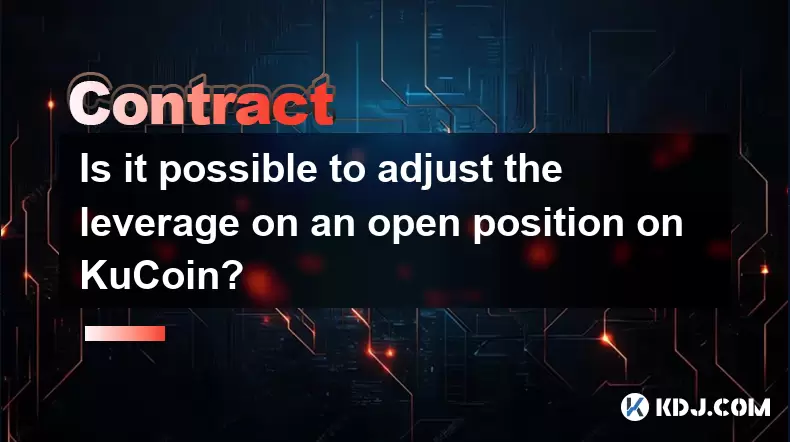
Is it possible to adjust the leverage on an open position on KuCoin?
Aug 09,2025 at 08:21pm
Understanding Leverage in KuCoin Futures TradingLeverage in KuCoin Futures allows traders to amplify their exposure to price movements by borrowing fu...
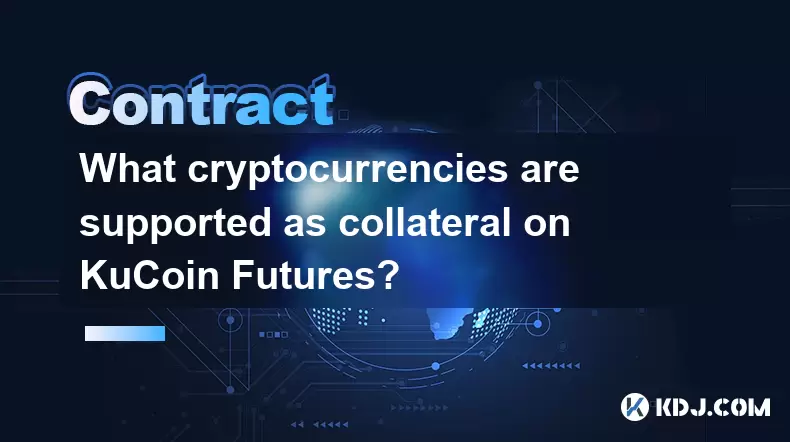
What cryptocurrencies are supported as collateral on KuCoin Futures?
Aug 11,2025 at 04:21am
Overview of KuCoin Futures and Collateral MechanismKuCoin Futures is a derivatives trading platform that allows users to trade perpetual and delivery ...
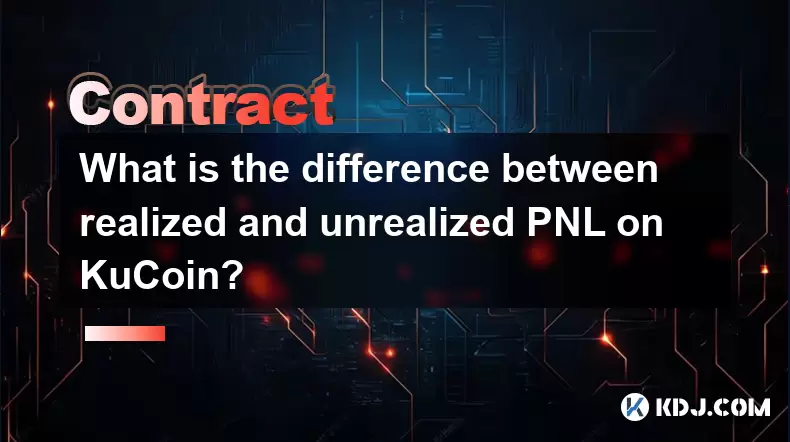
What is the difference between realized and unrealized PNL on KuCoin?
Aug 09,2025 at 01:49am
Understanding Realized and Unrealized PNL on KuCoinWhen trading on KuCoin, especially in futures and perpetual contracts, understanding the distinctio...
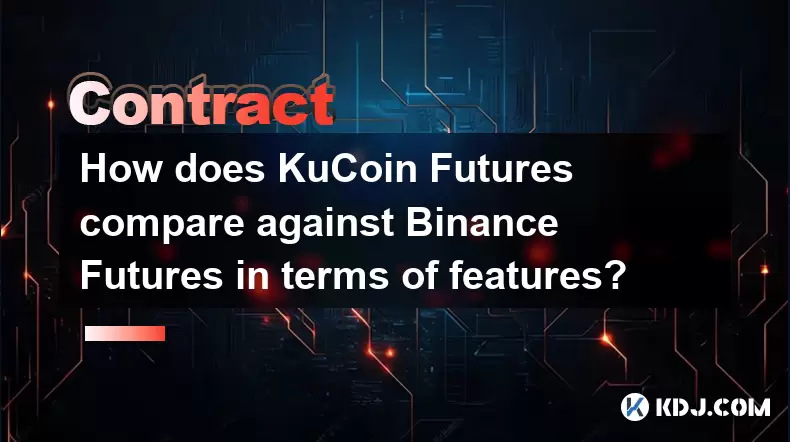
How does KuCoin Futures compare against Binance Futures in terms of features?
Aug 09,2025 at 03:22am
Trading Interface and User ExperienceThe trading interface is a critical component when comparing KuCoin Futures and Binance Futures, as it directly i...
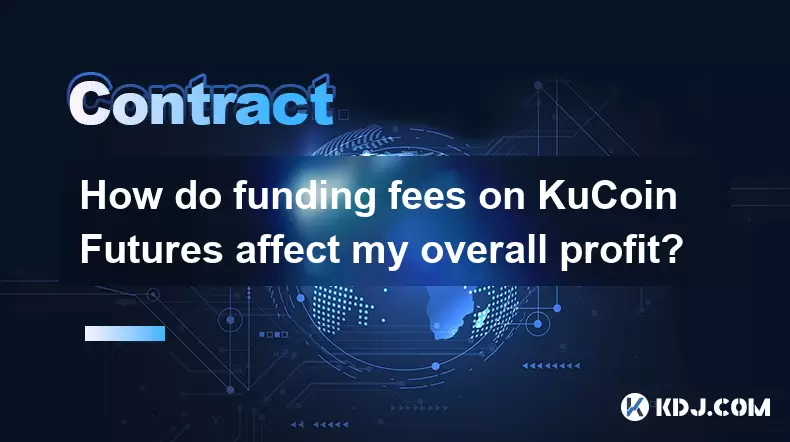
How do funding fees on KuCoin Futures affect my overall profit?
Aug 09,2025 at 08:22am
Understanding Funding Fees on KuCoin FuturesFunding fees on KuCoin Futures are periodic payments exchanged between long and short position holders to ...
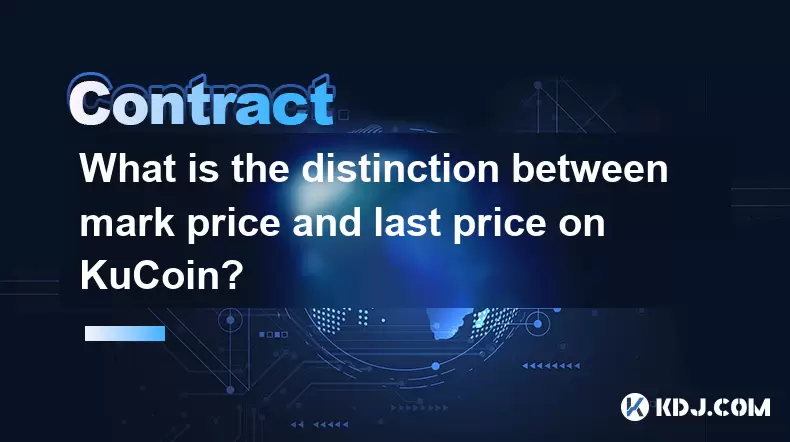
What is the distinction between mark price and last price on KuCoin?
Aug 08,2025 at 01:58pm
Understanding the Basics of Price in Cryptocurrency TradingIn cryptocurrency exchanges like KuCoin, two key price indicators frequently appear on trad...

Is it possible to adjust the leverage on an open position on KuCoin?
Aug 09,2025 at 08:21pm
Understanding Leverage in KuCoin Futures TradingLeverage in KuCoin Futures allows traders to amplify their exposure to price movements by borrowing fu...

What cryptocurrencies are supported as collateral on KuCoin Futures?
Aug 11,2025 at 04:21am
Overview of KuCoin Futures and Collateral MechanismKuCoin Futures is a derivatives trading platform that allows users to trade perpetual and delivery ...

What is the difference between realized and unrealized PNL on KuCoin?
Aug 09,2025 at 01:49am
Understanding Realized and Unrealized PNL on KuCoinWhen trading on KuCoin, especially in futures and perpetual contracts, understanding the distinctio...

How does KuCoin Futures compare against Binance Futures in terms of features?
Aug 09,2025 at 03:22am
Trading Interface and User ExperienceThe trading interface is a critical component when comparing KuCoin Futures and Binance Futures, as it directly i...

How do funding fees on KuCoin Futures affect my overall profit?
Aug 09,2025 at 08:22am
Understanding Funding Fees on KuCoin FuturesFunding fees on KuCoin Futures are periodic payments exchanged between long and short position holders to ...

What is the distinction between mark price and last price on KuCoin?
Aug 08,2025 at 01:58pm
Understanding the Basics of Price in Cryptocurrency TradingIn cryptocurrency exchanges like KuCoin, two key price indicators frequently appear on trad...
See all articles


























